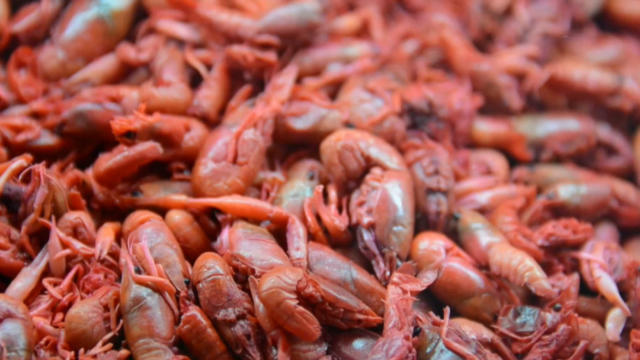In Mexico, ancient food traditions are offering new alternatives for healthy eaters and vegetarians. But beware, it’s not a trend for the squeamish. CGTN’s Alasdair Baverstock reports.
In Mexico, insects have been a popular snack for thousands of years. The Aztecs and their ancestors ate grasshoppers, worms and other invertebrates long before the arrival of colonists, who brought European livestock with them. Today, insects remain a popular foodstuff in Mexico’s traditional markets.
“My nephew is studying in Madrid and has asked me to bring him a kilo of grasshoppers because he says he can’t find them over there, and he is craving them, ” said Horacio San Roman, Mexico City market shopper.
While insects are traditionally eaten in areas where indigenous culture predominates, another group here in Mexico is beginning to take a serious interest in these grilled bugs. High in protein, abundant and less ethically sensitive than mammals as a food source, Mexico’s vegetarians are beginning to see insects as a dietary staple. Laura Rojas is a vegetarian and says insects represent an important part of her daily calorie intake.
“I try to eat them every day, because they are very rich in protein, low in fat and have very high fiber content, so they are an important part of my diet. They are also very cheap, which is great because being vegetarian in Mexico can be costly,” said Laura Rojas a vegetarian.
Lilia Raquel is a nutritionist, and has promoted the consumption of insects throughout her career, and not only to vegetarians.
“Insects are not mass-farmed, and in the wild where we gather them, they are the lowest links in the food chain. They eat only plants, so by consuming them in the modern era, we are exposing ourselves to fewer contaminants than we might perhaps find in food bought in supermarkets,” said Lilia Raquel a nutritionist.
As insects undergo a re-branding in Mexico from traditional snack to health-conscious alternative. Those behind the movement say for it to transcend cultural boundaries, people must be able to overlook the appearance of these creepy crawlies and focus instead on their nutritional content.
 CGTN America
CGTN America

